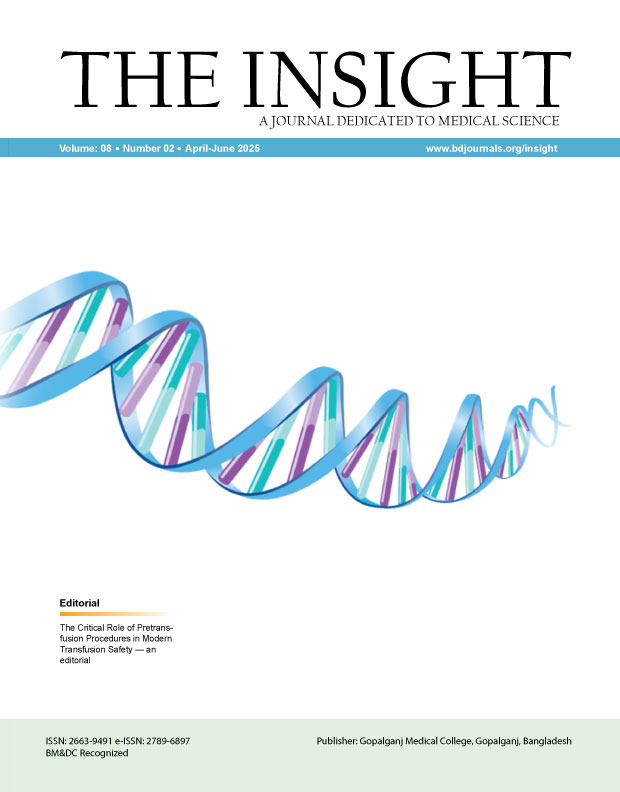Abstract
Introduction: The COVID-19 pandemic has reshaped anesthetic practice, with general anesthesia (GA) carrying increased risks due to airway manipulation and aerosol generation. Regional anesthesia (RA) offers a safer alternative by reducing viral transmission, preserving respiratory function, and providing superior postoperative analgesia with fewer pulmonary complications. Methods & Materials: This retrospective observational study was conducted in the Department of Anesthesiology in Mugda Medical College and Hospital, Dhaka, Bangladesh, over one year, from March 2020 to April 2021, enrolling 80 adult surgical patients with confirmed or suspected COVID-19 and underwent elective or emergency procedures under regional anesthesia (spinal, epidural, combined spinal-epidural, or peripheral nerve blocks). Data were analyzed using SPSS v26.0, with results presented as mean ± SD for continuous variables and percentages for categorical variables. Results: Among 80 COVID-19 surgical patients, the mean age was 45.2 ± 12.8 years, with male predominance (65%) and most classified as ASA II (57.5%). RT-PCR positivity was 80%, and 65% were symptomatic; hypertension (30%) and diabetes (25%) were common comorbidities. Elective surgeries comprised 75%, predominantly general surgery (45%). Spinal anesthesia was most frequent (65%), with 95% block success and 5% conversion to general anesthesia. Intraoperative hypotension (25%) and bradycardia (10%) were noted, while desaturation was rare (5%). Conclusion: This study highlights regional anesthesia as a safe and effective primary technique for COVID-19 surgical patients, ensuring stable intraoperative conditions, superior analgesia, and minimal complications. Its use reduces postoperative morbidity and healthcare provider exposure, supporting its role as the preferred anesthetic approach in pandemic surgical care

This work is licensed under a Creative Commons Attribution 4.0 International License.
Copyright (c) 2025 The Insight





 PDF
PDF